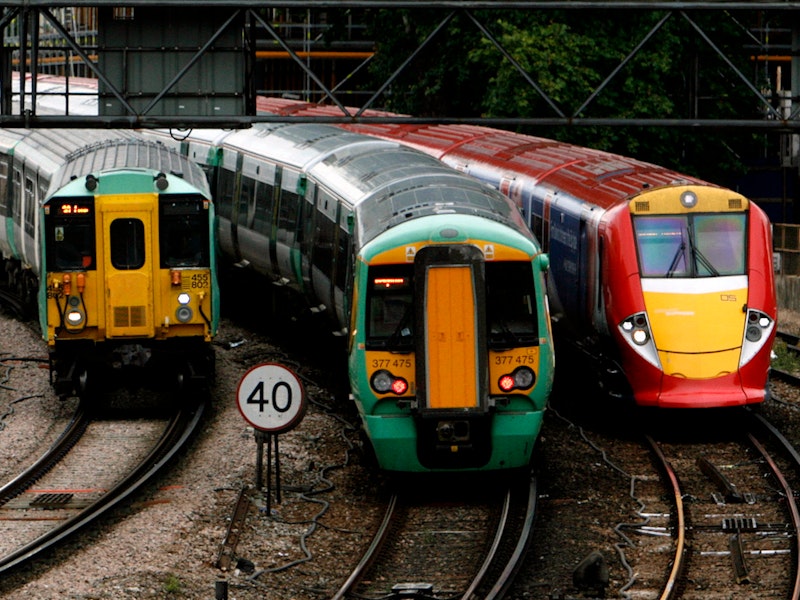In the News
Evaluating the rise in rail fares
2nd January 2018
Most of us returning to work or preparing for another term will very quickly realise that the annual fare rises maybe causing us to make a few austerity cuts of our own.
The average price rise of 3.4% is actually slightly below the current rate of RPI inflation but above the CPI rate. Rail pricing in practice is a complicated matter. Here are some contexts which hopefully will be useful in assessing the current debate and interpreting the minefield of data.

Economic texts generally examine price regulation of privatised industries using the RPI -x and RPI +k formula, where x is the percentage reduction in fares as a result of improved efficiency and k is a percentage increase allowance for investment in new technology and better infrastructure. In practice each industry has a different formula depending on their particular circumstances and the impact on the consumer. Energy prices for example have to allow for enough revenue to be generated in order to reduce carbon emissions consistent with the government`s environmental objectives.
In the case of the railways, there is plenty of data which shows significant increases in rail fares in the 25 years since privatization. However what matters more is that rail fares have risen as a percentage of peoples ‘wages, with some commuters spending up to 14% of their income according to The Action for Rail campaign. European commuters in France and Sweden for example spend a single figure percentage. The years 2006-2012 preceding and following the financial crisis seem to have done the most damage. As money wages fell, railways became another victim of government austerity as fares increased by an average of over 5% per annum.
Government subsidies and quality of service also differ from European counterparts as well as between rail operators. 2016 government estimates show that rail company c2c for example only receive 1.7p per passenger mile while Northern Rail are subsidised 35p ppm
It`s also worth remembering that most data focus on averages. Rail fares are a prime example of price discrimination. Advance fares using companies like Trainline offer generous discounts compared to buying a ticket on the day. Off peak fares and suburban services work out cheaper than peak journeys into city centres. Season tickets are also regulated separately directly by the government as opposed to the Office of Road and Rail.
The government attributes the rise in fares to be necessary to finance the improvements in provision realized by projects such as Crossrail. Overall however rail journeys are increasingly being paid for by the consumer as opposed to the taxpayer.
For more on this,please see the following :
http://www.bbc.co.uk/news/uk-42536159
You might also like

Ed Miliband and incentives: is he really human?
17th March 2015
Competition Policy
Teaching PowerPoints
Public sector pay, real wages and productivity
20th September 2017

Should We Nationalise the Water Industry?
7th August 2018
Mixed Economy Systems
Topic Videos

Will Thames Water have to be nationalised?
29th June 2023
